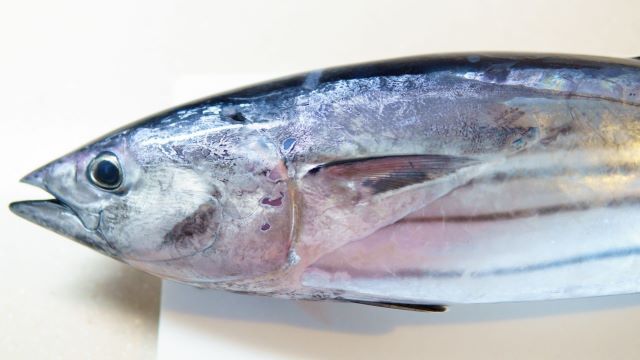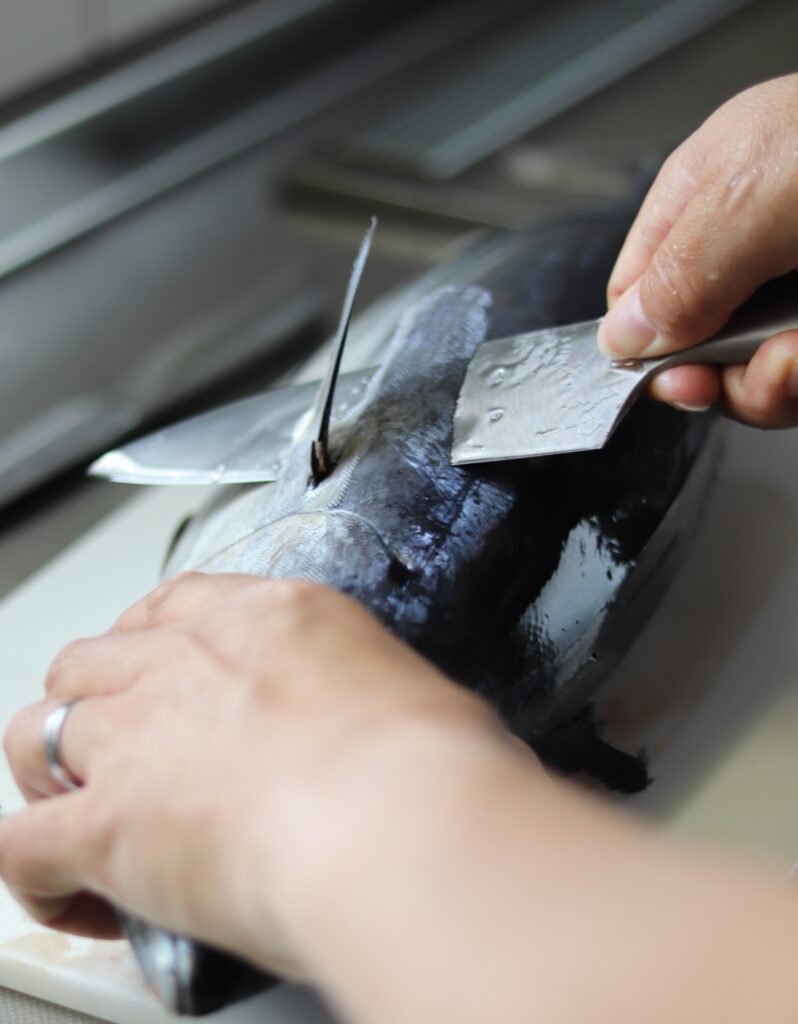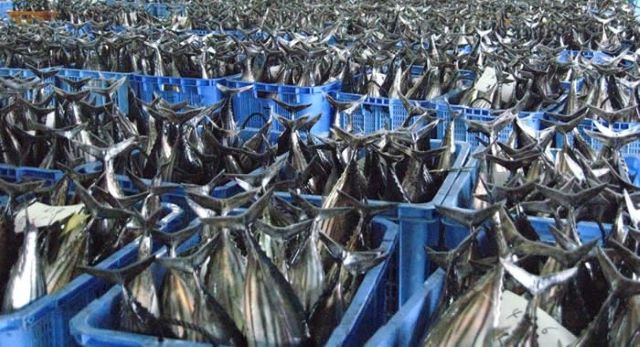
In Japan, bonito is called variously Hatsugatsuo, Modorigatsuo, Mayoigatsuo, Netsukigatsuo, and so on. The quality of the fish is unique depending on the season and size, and bonito lovers will be able to enjoy a variety of flavors throughout the year. Now, bonito, a popular fish since the Edo period, has recently been given a new name, Mochigatsuo, which we have never heard of, and we would like to dig deeper into it.

As a general rule, one cannot identify a bonito just by looking at it, and even marketers and sushi chefs cannot tell its quality until they try to slice it. In particular, Hatsugatsuo (Noborigatsuo) has greater individual differences than Modori-gatsuo (Kudarigatsuo), and may even be inedible raw due to its distinctive odor. It is called Ishigatsuo or Gorigatsuo. Its flesh is noticeably firmer than normal fish in terms of elasticity. Its flesh is white, pink, or brownish. It also smells very bloody, almost like iron. The cause is currently unknown.
Because of its high hemoglobin and myoglobin content, bonito has a stronger bloody smell than other fish, even if it is not fresh. This richness is due to the high content of nitrogen compounds such as creatine and histidine, in addition to the umami substance inosinic acid. This is the reason for the unparalleled love of bonito.

On the other hand, bonito is a representative fish that loses its freshness quickly and is usually flash-frozen immediately after being caught. However, thanks to the tremendous efforts of fishermen, we can now eat fresh bonito. For example, fishermen in the town of Susami, Wakayama Prefecture, immediately ikejime each bonito they catch on board, drain the blood out of the fish, and bring it back to the port in a container with its head in seawater ice for the day’s auction. Kenkengatsuo is the result of thorough techniques for preserving freshness. The same is true of Taru-gatsuo from Hachijojima Island in Tokyo, for example. However, by the time the raw bonito arrives at the sushi restaurant to be made into Nigiri sushi, 12 hours have passed since the fish was caught. This time is critical to the quality of the fish.
So what kind of bonito is Mochi-gatsuo?
Hatsugatsuo has a refreshing, spring breeze-like flavor. Some of them are called “Mochigatsuo”, a type of bonito whose flesh is elastic and has the texture of freshly pounded rice cakes. Originally, bonito is caught far offshore, but in the spring, it comes much closer to land, so it can be brought to port before it becomes rigor mortis. Not all bonito are Mochi-gatsuo, however, and only a few are part of the same school, making them extremely rare. According to one theory, they are eaten before rigor mortis, which occurs four to five hours after the catch. Its season is from March to June, and it is consumed locally, as it is difficult to ship to distant places.
The name is also wonderful, as it compares the flesh of the bonito to a Mochi (rice cake). So far, the name “Mochigatsuo” is only used in Wakayama and Shizuoka regions. If you have a chance, you would like to try it.